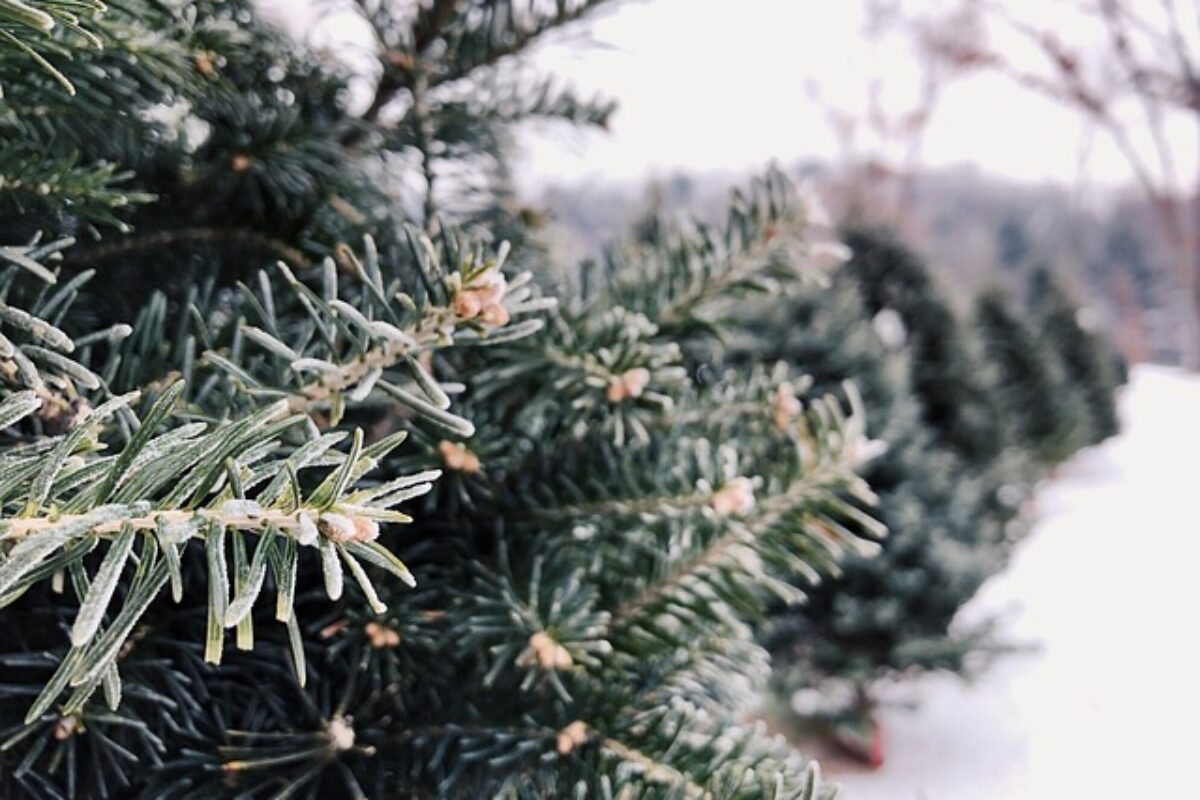Tree Care
When a Christmas tree is cut, more than half its weight is water. With proper care, you can maintain the quality of your tree. Below are a number of tips on caring for your tree:
Displaying trees in water in a traditional reservoir type stand is the most effective way of maintaining their freshness and minimizing needle loss problems.
Make a fresh cut to remove about a 1/2-inch thick disk of wood from the base of the trunk before putting the tree in the stand. Make the cut perpendicular to the stem axis. Don’t cut the trunk at an angle, or into a v-shape, which makes it far more difficult to hold the tree in the stand and also reduces the amount of water available to the tree.
Once home, place the tree in water as soon as possible. Most species can go 6 to 8 hours after cutting the trunk and still take up water. Don’t bruise the cut surface or get it dirty.
If needed, trees can be temporarily stored for several days in a cool location. Place the freshly cut trunk in a bucket that is kept full of water.
To display the trees indoors, use a stand with an adequate water holding capacity for the tree. As a general rule, stands should provide 1 quart of water per inch of stem diameter. Devices are available that help maintain a constant water level in the stand.
Tree Varieties
Grand fir is native to the Inland Empire including much of Idaho, Washington, Oregon, and western Montana. The wonderful scent is what separates this tree from other Christmas Tree species. Other species that can be found on many of our tree farms include: Canaan fir, Concolor fir, Frasier fir, Nordman fir, White pine, and various species of spruce. For more information on many of these species, please browse the National Christmas Tree Association’s highlights about each common Christmas tree species or really go deep at their tree variety Education Page.
Tree Recycling
After the holidays, don’t throw your Real Christmas Tree in the trash or set it on the curb. Real Christmas Trees are biodegradable, which means they can be easily reused or recycled for mulch and other purposes. Here are some recycling options and tips on what to do with your tree after the holidays. Every community is different, but in general, you have these options…


